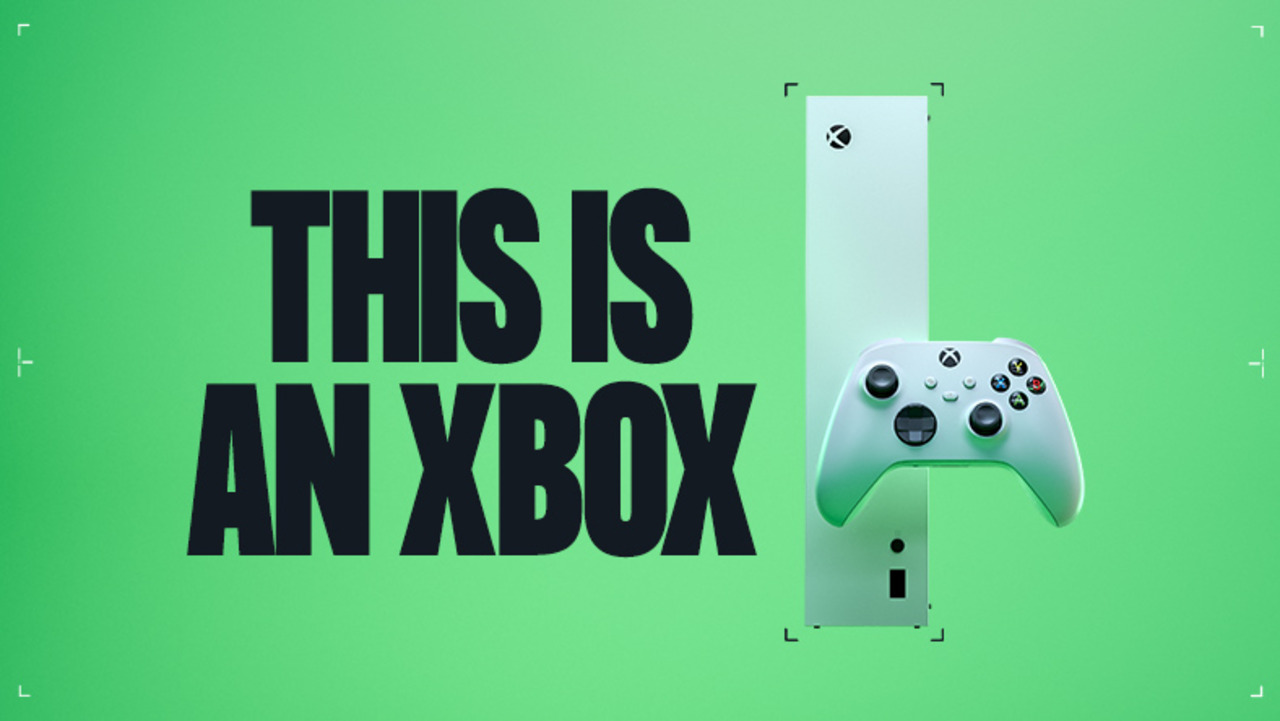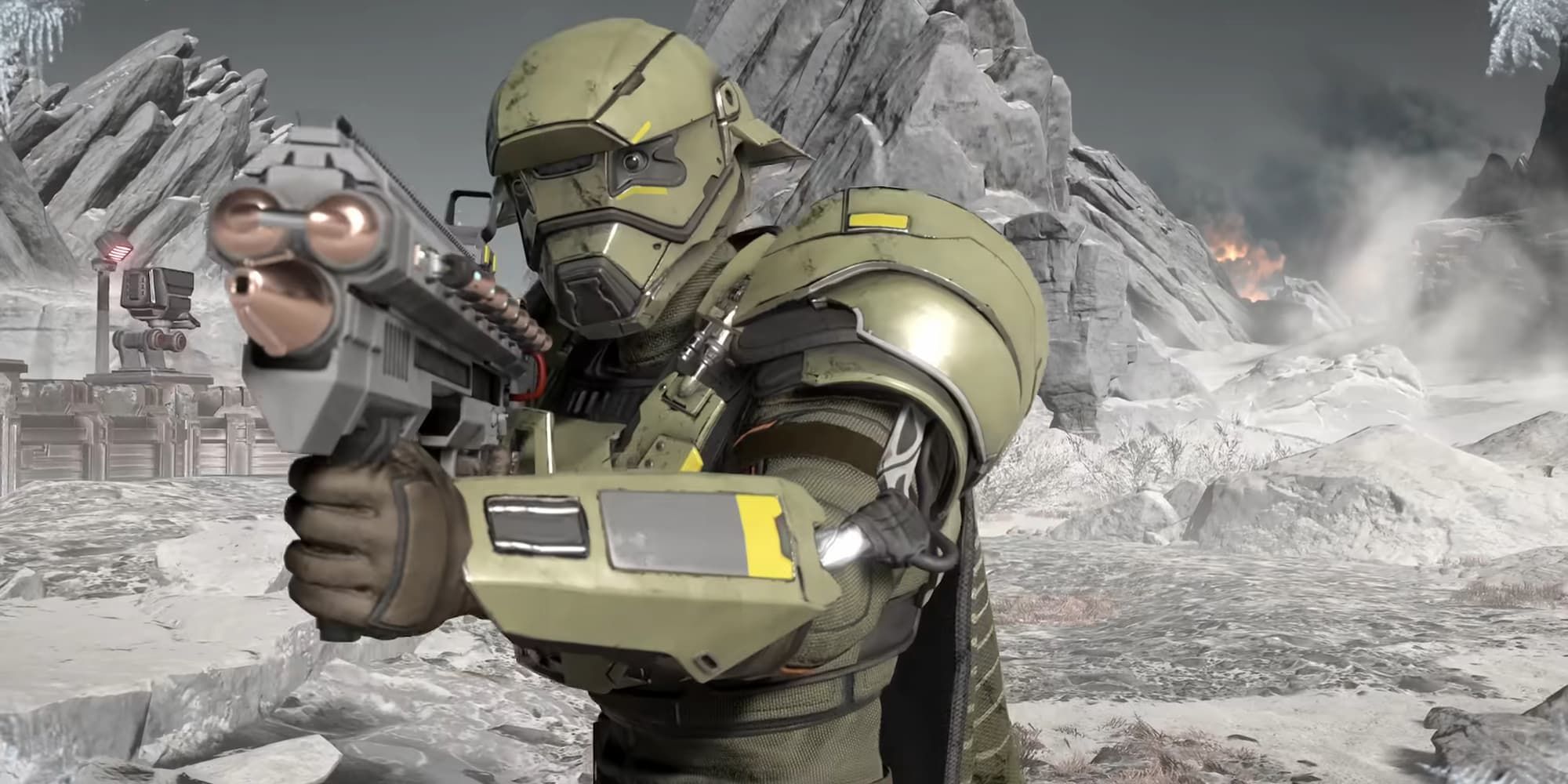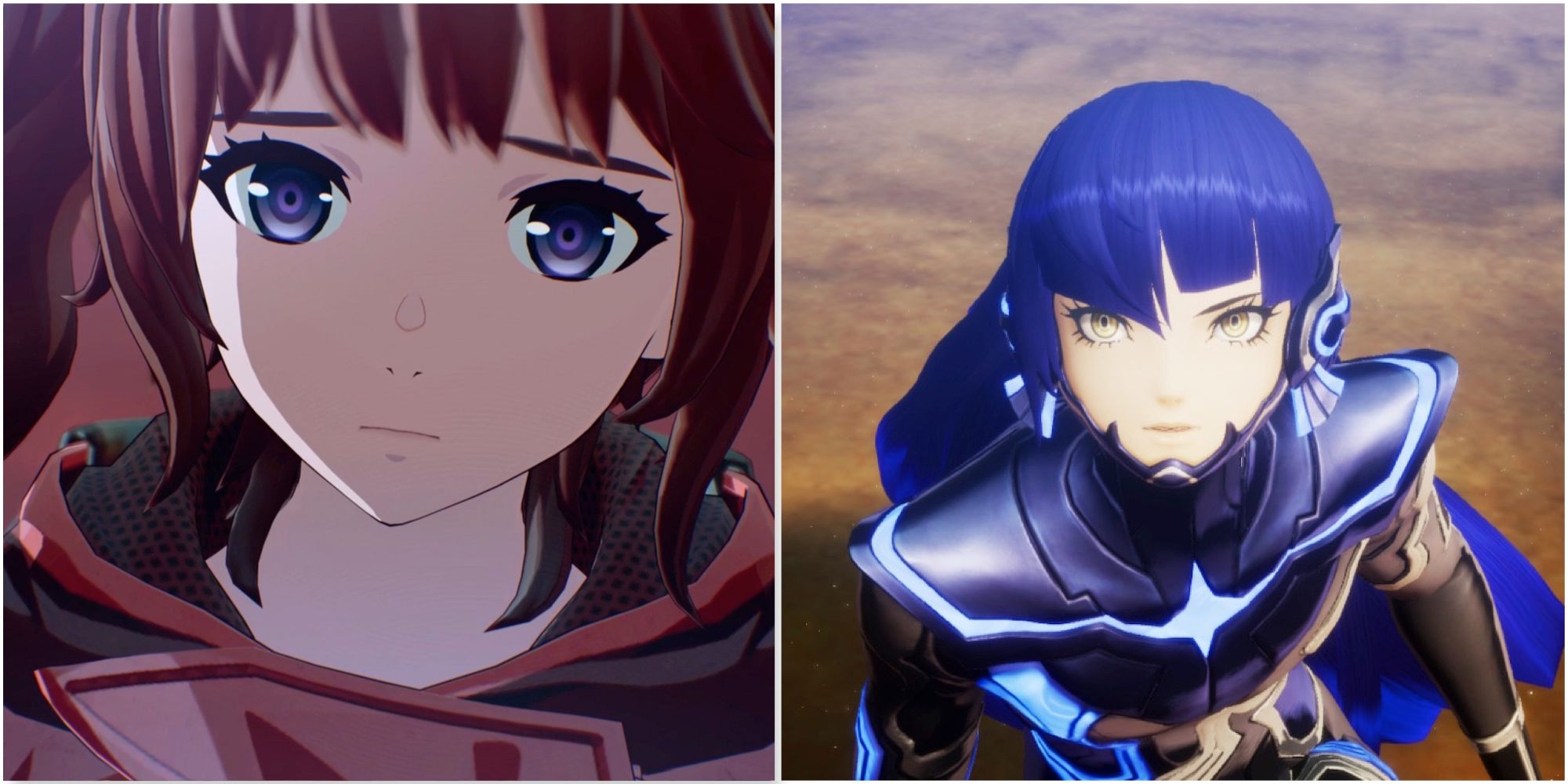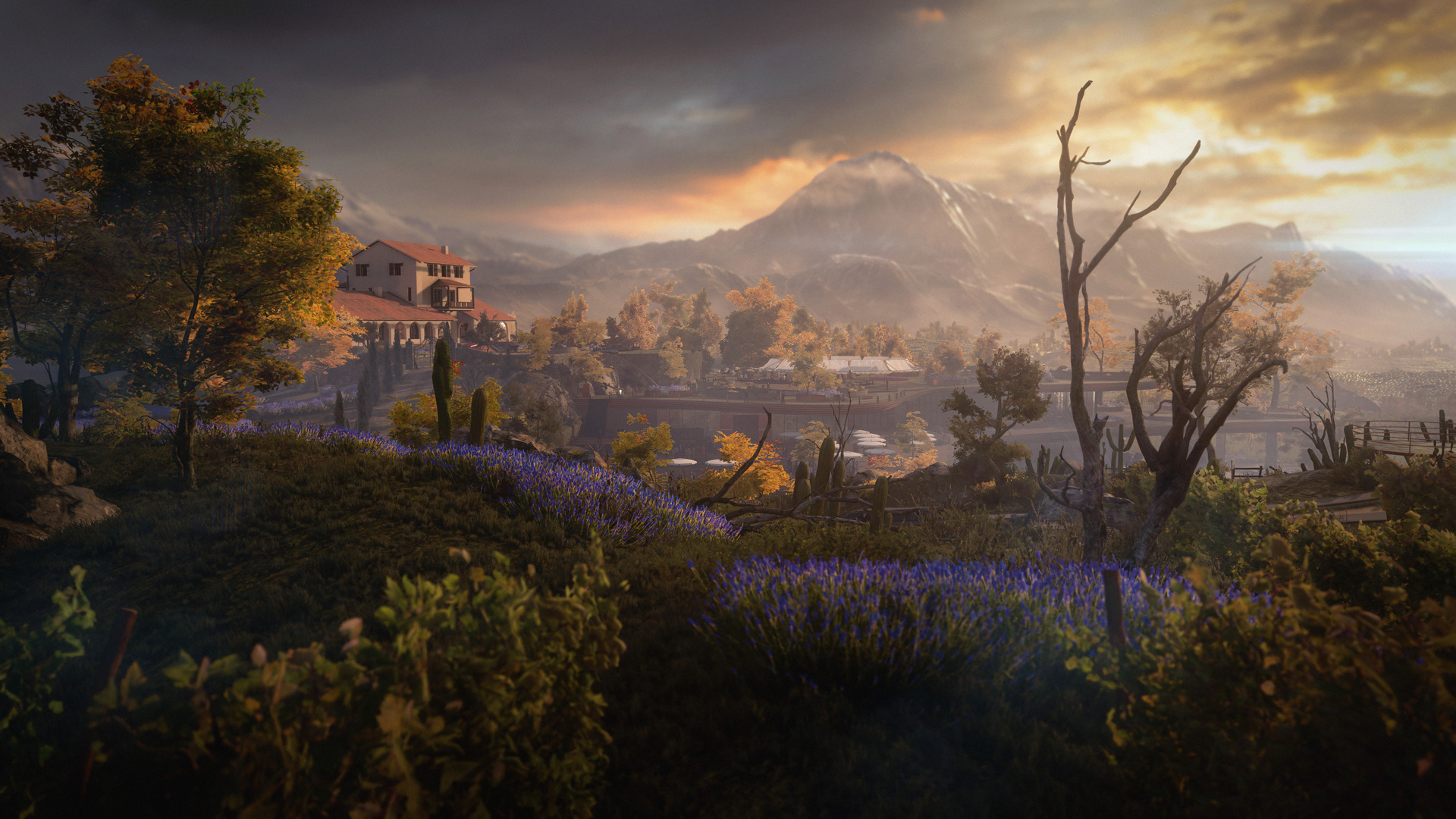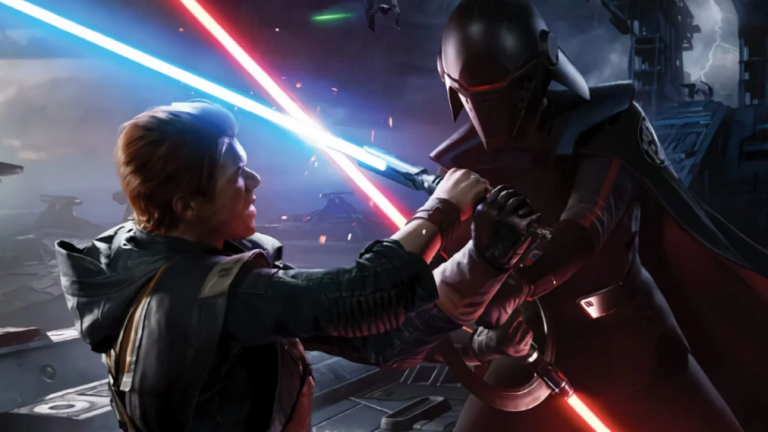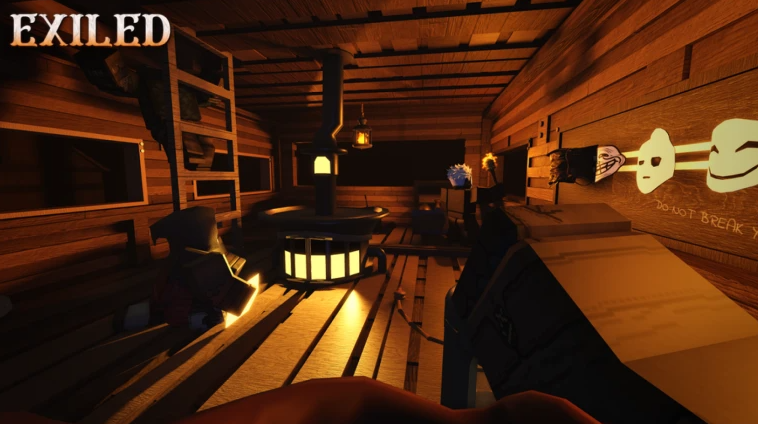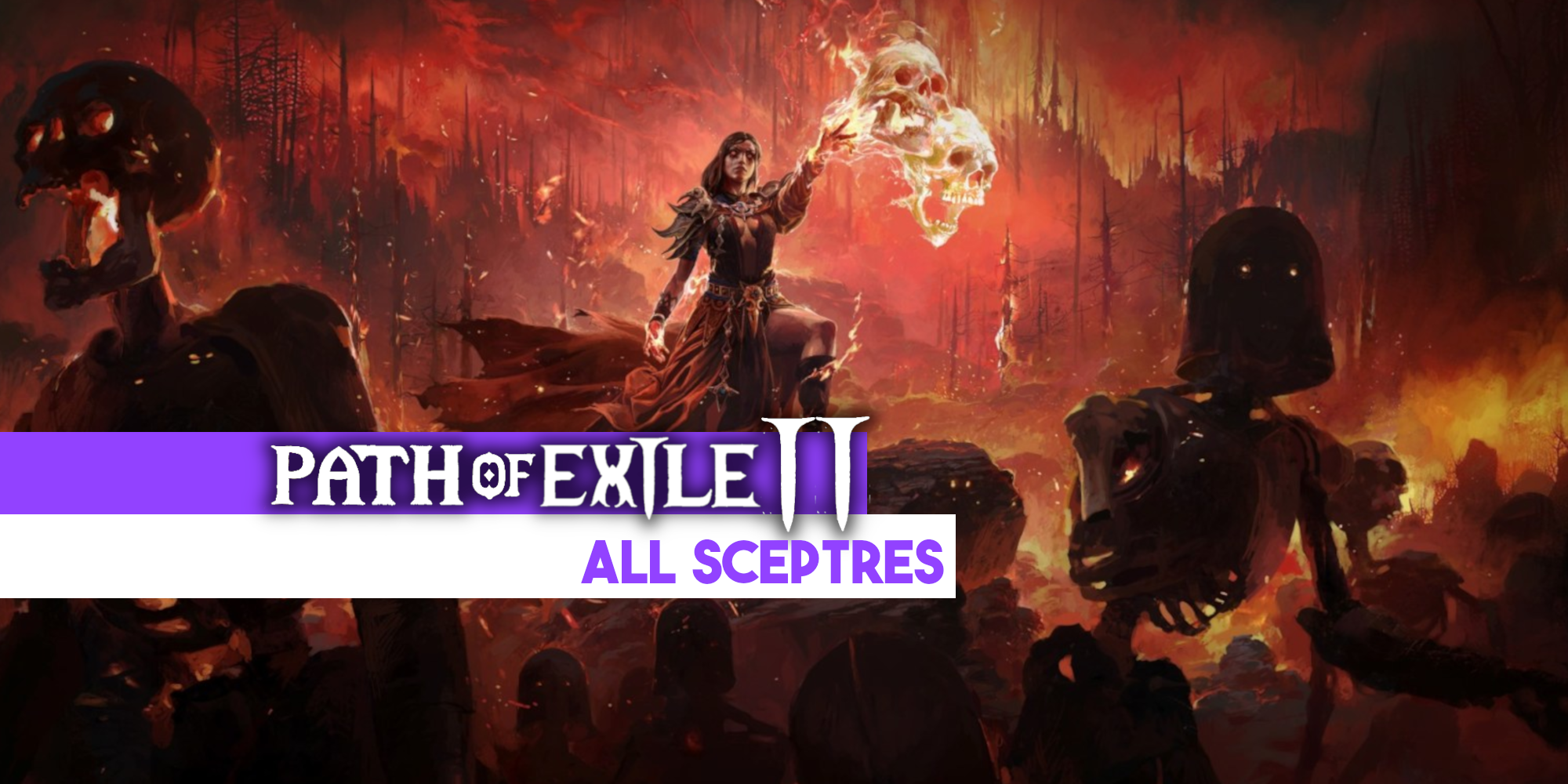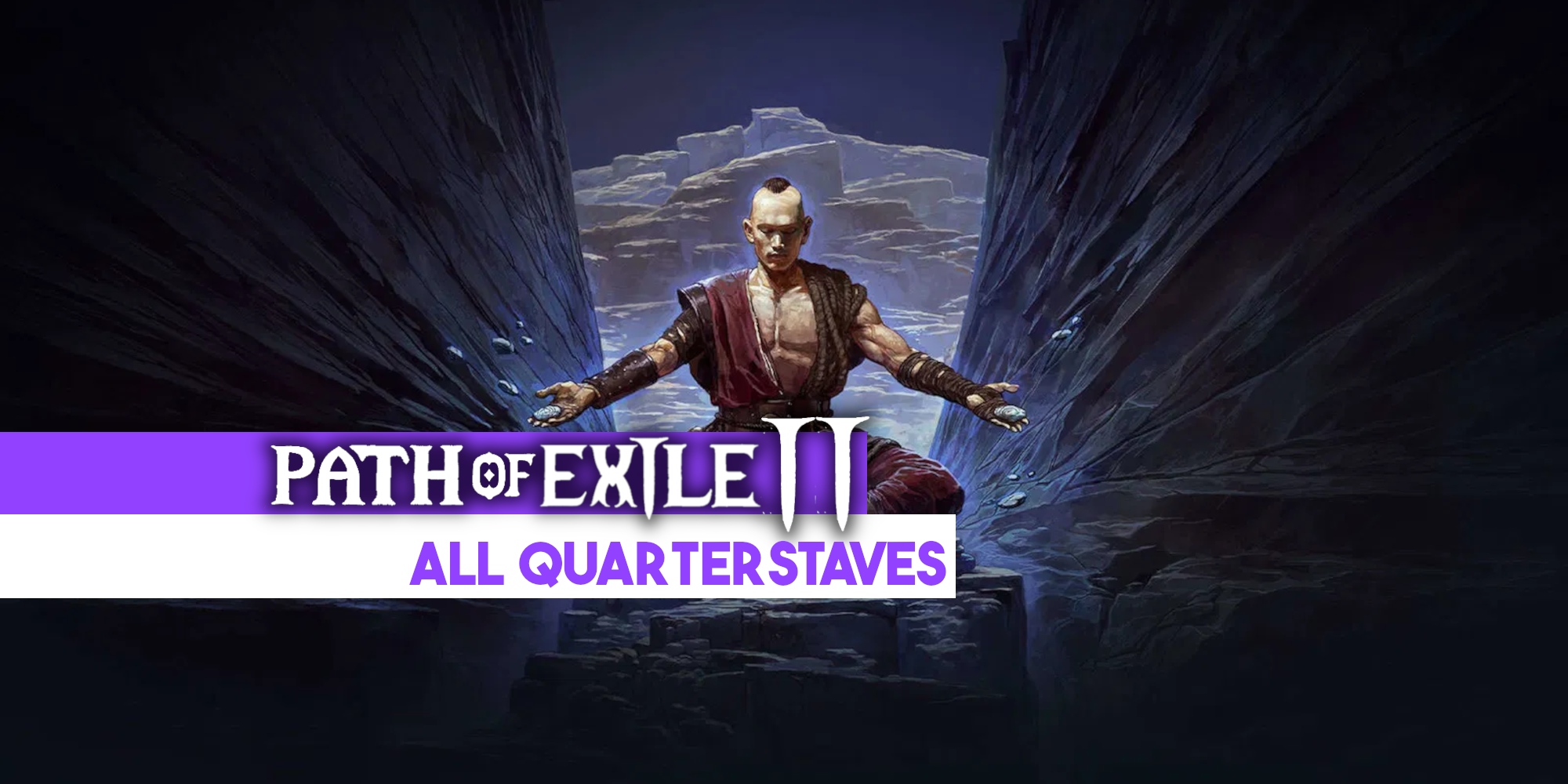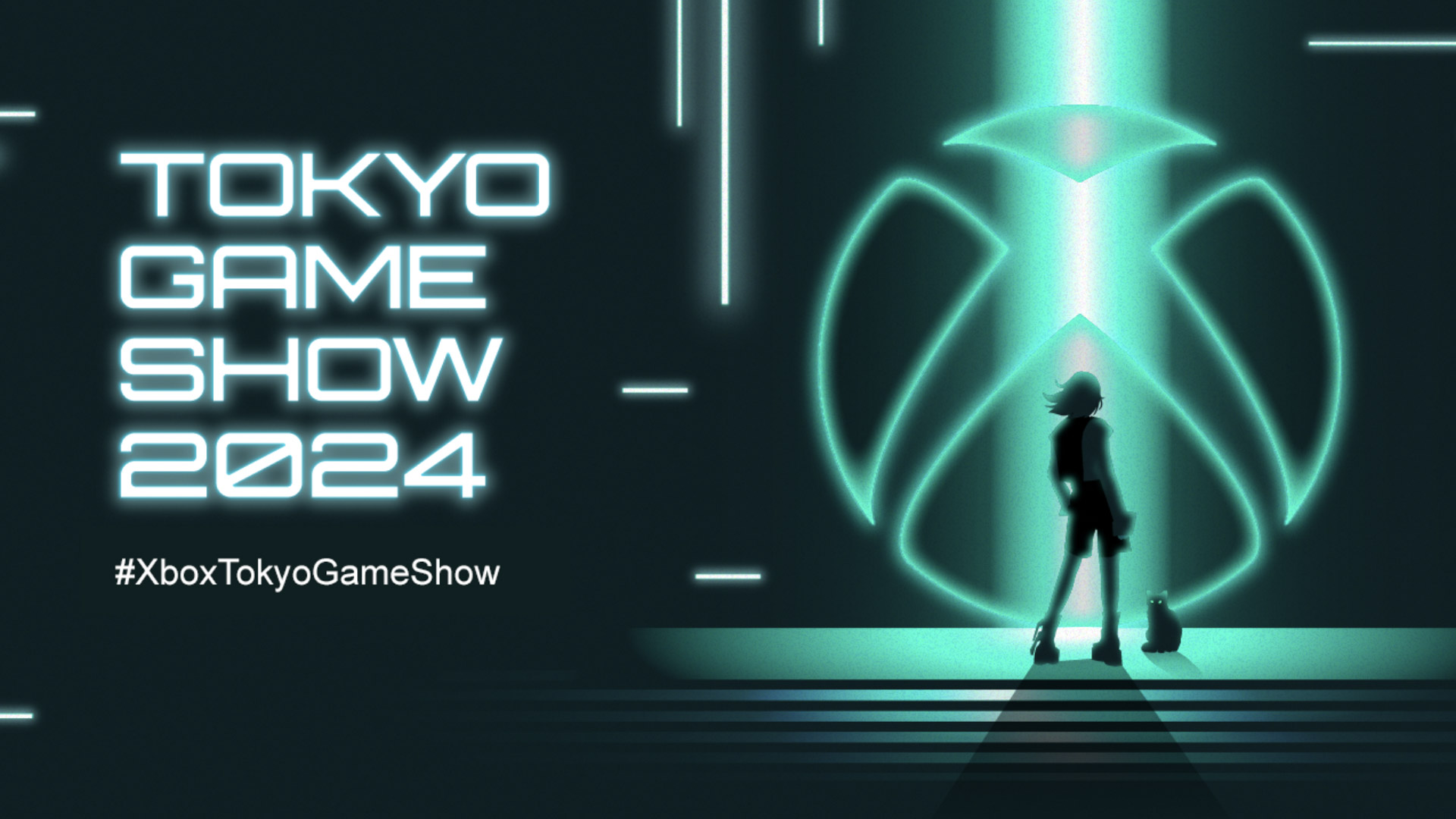Intel Arc B580 Review
Intel is finally heading into its second generation of dedicated graphics cards with the Intel Arc B580. And while the company could have fallen into a trap of trying to compete with Nvidia and AMD at the high end, Team Blue instead has created one of the best budget graphics cards on the market right now. At $249, the Arc B580 is cheaper than the Nvidia GeForce RTX 4060 and slots in right next to the Radeon RX 7600. However, because both of these cards are based on older technology, it’s little wonder that Intel is able to eke out a lead. It’s refreshing to see a flagship graphics card aim for the masses, rather than holding a prohibitively expensive price tag that very few can actually afford. And while there are a couple games where the Arc B580 falls short – looking at you Black Myth: Wukong – it's hard to imagine any other GPU competing at this price point any time soon. Purchasing GuideThe Intel Arc B580 is available December 13, starting at $249. Keep in mind that this is a starting price, and you might see third party versions of the graphics card at a higher price. Just try to avoid paying more than $300 for it. Specs and DesignThe Intel Arc B580 is built on Intel’s new Xe2 graphics architecture, codenamed Battlemage. One of the biggest changes between this and the last-generation architecture that powered the Intel Arc A770 is that each Battlemage Xe core – Intel’s compute unit – has fewer Vector Engines than the previous generation. In total, the Intel Arc B580 features 20 Xe Cores, each of which contains 8 Vector Engines, for a total of 160 Vector Engines, each of which has 16 shaders. That means a total of 2,560 shaders, which is a bit slimmer than the Arc A770 that preceded it. This sounds like bad news at first, but Intel has made efforts to drastically improve the per-core performance on these Vector Engines – by as much as 70 percent.And for a budget graphics card, the Arc B580 has an impressive amount of memory, featuring 12GB of GDDR6 on a 192-bit bus. Both the AMD Radeon RX 7600 and Nvidia GeForce RTX 4060, at a similar price, are limited to 8GB. Of course, these graphics cards are shooting for 1080p gaming, but AAA games are continually using more memory every year, so it’s nice to have a bit of buffer there. Still, the last-generation Arc A770 had 16GB of memory, though it was a more expensive part. The B580 is also clocked at 2,670MHz, with a max boost of 2,850MHz, which is a substantial increase over the 2,100MHz of the Arc A770. This is likely a huge part of why the B580 is faster than the last-generation GPU, despite having less memory and fewer cores. But more on that later. Each Vector Engine is also paired with XMX cores, Intel’s AI tensor core. Intel is using these to power XeSS 2, which is an AI upscaling technology, similar to Nvidia’s DLSS. The XMX will take in a lower-resolution frame, pair it with motion vector data, and use an AI algorithm to scale that up to your native resolution. It will then take information from the completed frame and feed that back into the algorithm to improve future frames. What’s new for the second generation of XeSS, though, is frame generation. While XeSS 2 Frame Generation is currently limited to a single game – F1 24 – it works similarly to Frame Generation technology from AMD or Nvidia. Instead of only upscaling existing frames after they’re rendered by your GPU, the XMX will create new frames in between existing frames. Not only does this mean you get a higher frame rate, but it greatly reduces the amount of time your graphics card is waiting for information from your CPU. The only downside is that frame generation technology always introduces a bit of latency to the equation. Luckily, Intel is mitigating that latency with XeSS-LL, or Low Latency, which greatly reduces the amount of time between you pressing a button and that action being represented on the display, by optimizing communication between your processor and graphics card. While there will likely be dozens of Arc B580 graphics cards from third-party manufacturers like ASRock, Intel is selling a reference design, and that’s what I’m reviewing here. Although Intel is calling its reference board a ‘Limited Edition’, so we’ll have to wait and see how common it actually is on store shelves. Hopefully a lot of people can get their hands on this card, though, because it’s gorgeous. The fan shroud has a silky black finish that feels as good as it looks. The two fans are also pitch-black, with nothing in the way of branding. Flip the card over, however, and you’ll see ‘Intel Arc B580’ printed beneath a radial display of white dots. Next to the branding, there’s a cutout in the backplate that leads directly to the heatsink. It looks cool, but it also means the actual circuit board housing the GPU only takes up half the length of the graphics card, with space instead dedicated to passing air directly through the back of the graphics card. Then on the side of the GPU, the logo is printed,

Intel is finally heading into its second generation of dedicated graphics cards with the Intel Arc B580. And while the company could have fallen into a trap of trying to compete with Nvidia and AMD at the high end, Team Blue instead has created one of the best budget graphics cards on the market right now. At $249, the Arc B580 is cheaper than the Nvidia GeForce RTX 4060 and slots in right next to the Radeon RX 7600. However, because both of these cards are based on older technology, it’s little wonder that Intel is able to eke out a lead.
It’s refreshing to see a flagship graphics card aim for the masses, rather than holding a prohibitively expensive price tag that very few can actually afford. And while there are a couple games where the Arc B580 falls short – looking at you Black Myth: Wukong – it's hard to imagine any other GPU competing at this price point any time soon.
Specs and Design
The Intel Arc B580 is built on Intel’s new Xe2 graphics architecture, codenamed Battlemage. One of the biggest changes between this and the last-generation architecture that powered the Intel Arc A770 is that each Battlemage Xe core – Intel’s compute unit – has fewer Vector Engines than the previous generation.
In total, the Intel Arc B580 features 20 Xe Cores, each of which contains 8 Vector Engines, for a total of 160 Vector Engines, each of which has 16 shaders. That means a total of 2,560 shaders, which is a bit slimmer than the Arc A770 that preceded it. This sounds like bad news at first, but Intel has made efforts to drastically improve the per-core performance on these Vector Engines – by as much as 70 percent.
And for a budget graphics card, the Arc B580 has an impressive amount of memory, featuring 12GB of GDDR6 on a 192-bit bus. Both the AMD Radeon RX 7600 and Nvidia GeForce RTX 4060, at a similar price, are limited to 8GB. Of course, these graphics cards are shooting for 1080p gaming, but AAA games are continually using more memory every year, so it’s nice to have a bit of buffer there. Still, the last-generation Arc A770 had 16GB of memory, though it was a more expensive part.
The B580 is also clocked at 2,670MHz, with a max boost of 2,850MHz, which is a substantial increase over the 2,100MHz of the Arc A770. This is likely a huge part of why the B580 is faster than the last-generation GPU, despite having less memory and fewer cores. But more on that later.
Each Vector Engine is also paired with XMX cores, Intel’s AI tensor core. Intel is using these to power XeSS 2, which is an AI upscaling technology, similar to Nvidia’s DLSS. The XMX will take in a lower-resolution frame, pair it with motion vector data, and use an AI algorithm to scale that up to your native resolution. It will then take information from the completed frame and feed that back into the algorithm to improve future frames. What’s new for the second generation of XeSS, though, is frame generation.
While XeSS 2 Frame Generation is currently limited to a single game – F1 24 – it works similarly to Frame Generation technology from AMD or Nvidia. Instead of only upscaling existing frames after they’re rendered by your GPU, the XMX will create new frames in between existing frames. Not only does this mean you get a higher frame rate, but it greatly reduces the amount of time your graphics card is waiting for information from your CPU. The only downside is that frame generation technology always introduces a bit of latency to the equation. Luckily, Intel is mitigating that latency with XeSS-LL, or Low Latency, which greatly reduces the amount of time between you pressing a button and that action being represented on the display, by optimizing communication between your processor and graphics card.
While there will likely be dozens of Arc B580 graphics cards from third-party manufacturers like ASRock, Intel is selling a reference design, and that’s what I’m reviewing here. Although Intel is calling its reference board a ‘Limited Edition’, so we’ll have to wait and see how common it actually is on store shelves. Hopefully a lot of people can get their hands on this card, though, because it’s gorgeous. The fan shroud has a silky black finish that feels as good as it looks. The two fans are also pitch-black, with nothing in the way of branding.
Flip the card over, however, and you’ll see ‘Intel Arc B580’ printed beneath a radial display of white dots. Next to the branding, there’s a cutout in the backplate that leads directly to the heatsink. It looks cool, but it also means the actual circuit board housing the GPU only takes up half the length of the graphics card, with space instead dedicated to passing air directly through the back of the graphics card. Then on the side of the GPU, the logo is printed, but when it’s plugged in, the logo is lit with a white LED. It’s a stunning graphics card that’ll look good in any system, especially if it’s paired with other black components.
The B580 is powered by a single 8-pin PCIe power connector. In my testing, the card only used 154W of power, which is significantly less than the 190W its predecessor used in the same test suite. Plus, the new cooler design is much more efficient at pushing air through the B580, peaking at 82°C, compared to the 86°C of the A770 in the same workload.
Performance
When Intel first showed me the Arc B580, it led with the growth that 1440p gaming monitors are having, clearly intending the B580 to punch into that resolution. Not only has Intel easily cleared its way into 1440p gaming, but at $249, this might be the best 1440p card for most people – assuming you’re not spending all your time in Black Myth: Wukong.
Before I jump into the results, a bit on how I test these games. In each game, I set quality settings to the highest possible preset configuration that isn’t full ray tracing (sorry Cyberpunk 2077 and Black Myth: Wukong). Then, I enable upscaling through the best method available for each card. That means DLSS for Nvidia, FSR for AMD and XeSS for Intel. For games that only have DLSS, like Metro Exodus, I test without upscaling at all. Every graphics card was retested for this review using the 566.36 driver for Nvidia, Adrenalin 24.12.1 for AMD and Intel Graphics Driver 32.0.101.6319 for older Intel cards. The Arc B580 was tested on a prerelease driver.
In 3DMark, the Intel Arc B580 held its own against the more expensive Nvidia RTX 4060, even beating it in Port Royal, which is a dedicated ray tracing test. That’s impressive, because Nvidia has held the lead in that test since it came out, and it demonstrates Intel’s ray tracing chops. Intel maintains a lead in Steel Nomad as well, scoring 3,082 points to the RTX 4060’s 2,335 and the Radeon RX 7600’s 2,309. However, Team Blue falls behind in Speed Way, which tests a DirectX 12 workload with ray tracing, with 2,568 points to Nvidia’s 2,660.
In Call of Duty: Black Ops 6, the Intel Arc B580 falls behind both Nvidia and AMD at 1080p, managing 73 fps, compared to 80 from the RTX 4060 and 87 from the Radeon RX 7600. However, in this test, no matter how many times I ran it, the B580 rendered without the gun in the player’s hand, meaning the benchmark run consisted of some dude running around Lowtown shooting people with an invisible gun. Hilarious, but it probably means there’s some driver issue that can be resolved later on. I couldn’t reproduce this bug on Nvidia or AMD cards, but it persisted on every Intel card I tested.
Cyberpunk 2077 is one of the heaviest ray tracing games on the market, even though it’s been out for four years now. Throughout its history, it has always leaned towards Team Green, but the Intel Arc B580 shows its ray tracing chops here, managing 60 fps at 1440p with the Ray Tracing Ultra preset and XeSS set to Balanced, compared to 49 fps from the RTX 4060 and 29 fps from the Radeon RX 7600.
In Red Dead Redemption 2, the Intel Arc B580 continued its winning streak. Now, Red Dead Redemption 2’s ‘presets’ aren’t really presets, so instead I just cranked every setting up as far as it would go and then ran the test. Still, the Arc B580 managed 87 fps at 1440p when the RTX 4060 only got 72 fps. That’s a 21 percent lead with a $50 cheaper card.
Then there’s Total War: Warhammer 3 which has nothing in the way of ray tracing or upscaling, but with 63 fps, the Intel Arc B580 still managed to lead the Radeon RX 7600 and the RTX 4060, which scored 56 and 54 fps, respectively.
However, Intel can’t win all the battles, and the B580 does fall behind a bit in Assassin’s Creed Mirage. Nvidia absolutely dominates in this game, with the RTX 4060 getting 126 fps at Ultra, compared to 91 fps from the Arc B580. Even the RX 7600 manages to come out ahead, with its 95 fps average.
The B580 also has a weak showing in Black Myth: Wukong, scoring just 30 fps at 1440p on the “Cinematic” preset. Compared to the 35 fps from the RTX 4060, it’s not a night-and-day difference, but that’s still a 16 percent lead in Nvidia’s favor.
Nvidia and Intel even out again in Forza Horizon 5, however, with Team Blue’s card managing 94 fps, compared to 92 fps from the RTX 4060 and 77 fps from the last-gen Arc A770. AMD does struggle a bit here, though, only managing 63 fps at the same settings with the RX 7600.
Across my test suite, the Intel Arc B580 is an incredibly powerful graphics card at 1440p, especially when you consider its $249 price tag. Intel could have easily just matched the performance of other graphics cards on the market, but instead it soundly beats the competition, while cutting the price, giving us a budget card that doesn’t suck for once. And sure, it would be nice if Intel didn’t cut the VRAM from 16GB on the Arc A770 to 12GB on the B580, but it’s not like the performance is suffering from it.
Jackie Thomas is the Hardware and Buying Guides Editor at IGN and the PC components queen. You can follow her @Jackiecobra
What's Your Reaction?










